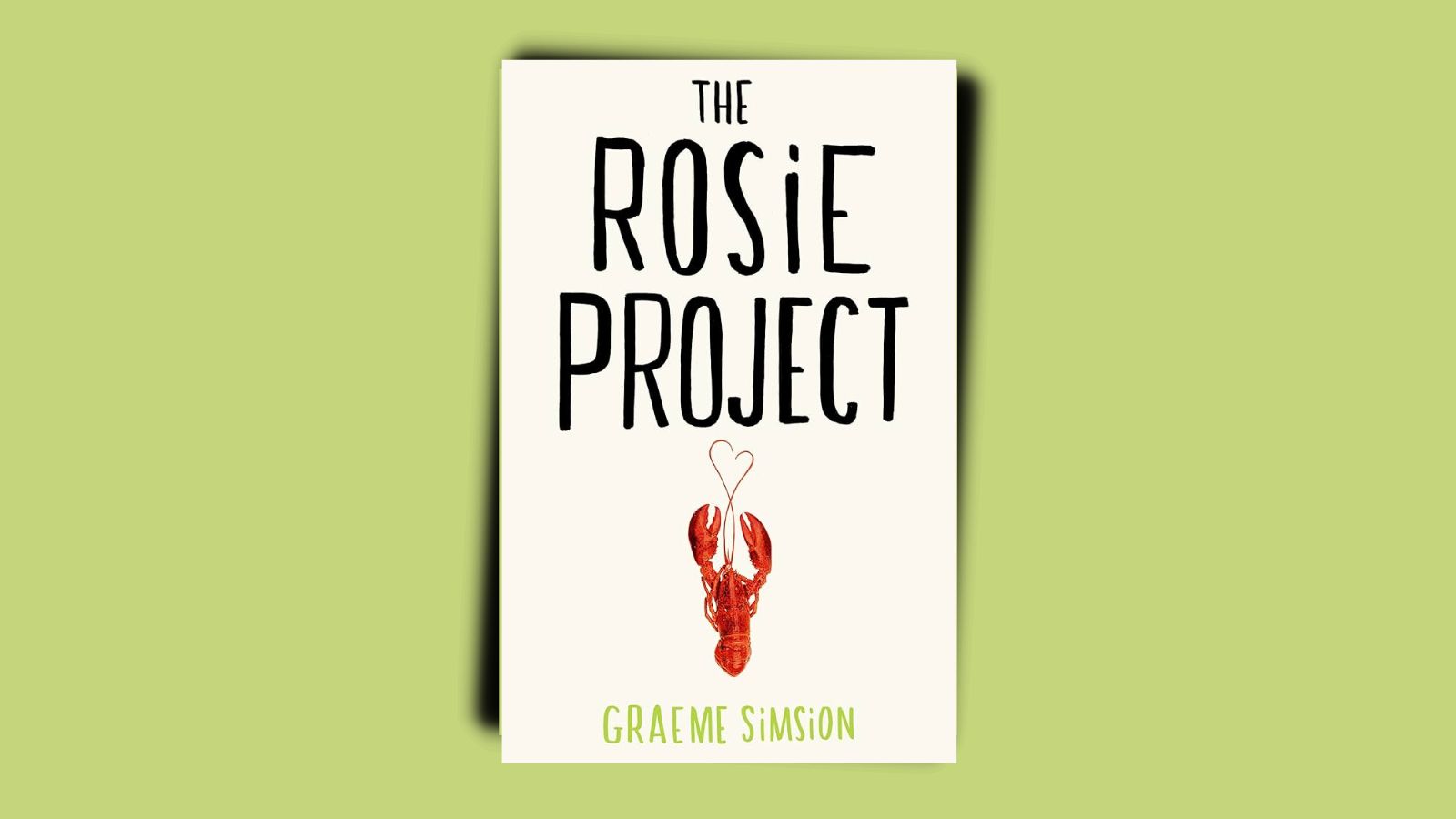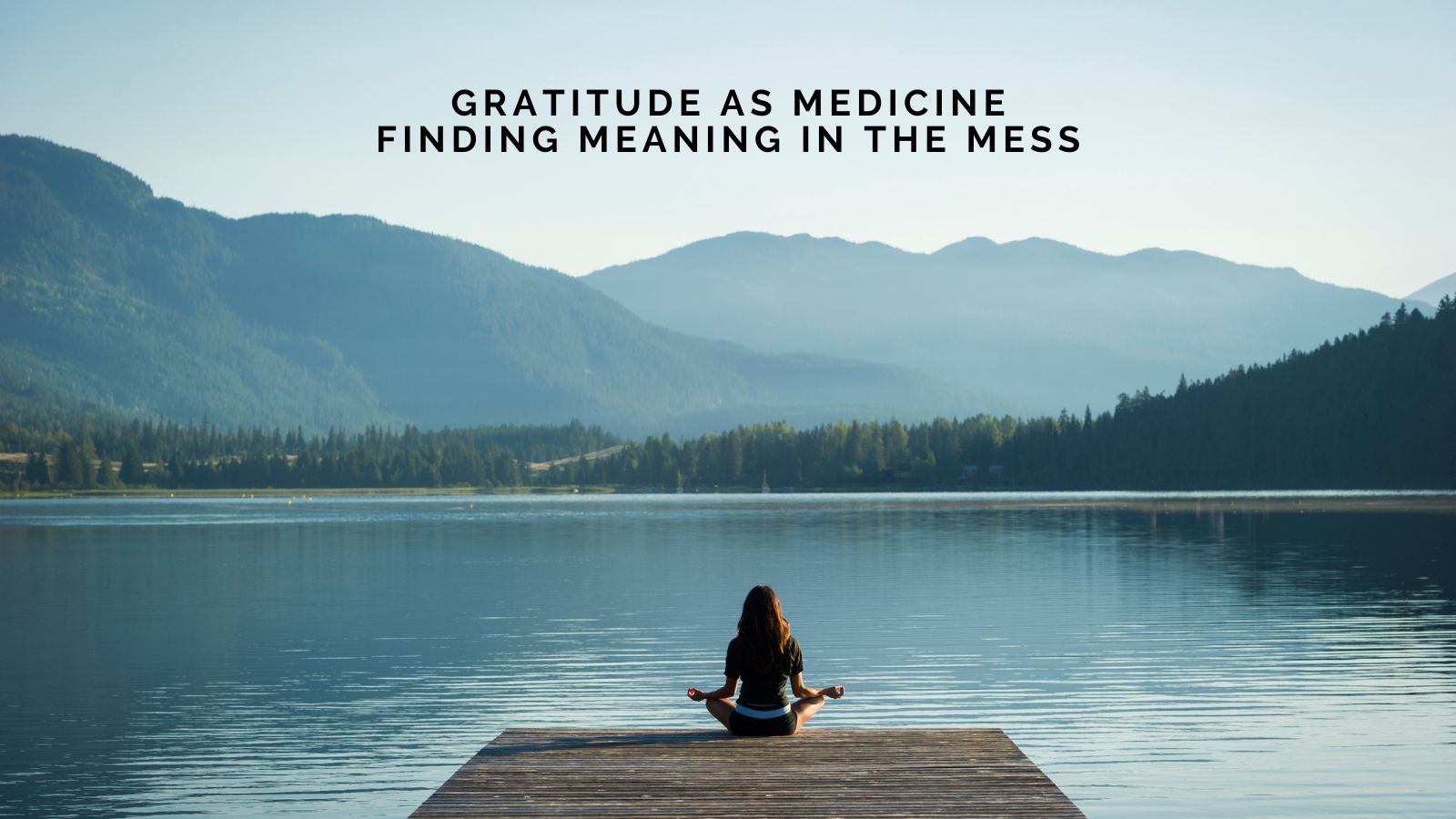
For much of my life, I felt like I was doing all the “right things” to manage stress—breathing exercises, positive thinking, journalling, mindset work—but something still wasn’t shifting. I never felt truly safe in my body. I was constantly on edge, stuck in survival mode, and questioning why nothing seemed to help for long. It got to the point that I felt “I” existed only in my head, completely disconnected from my body.
It wasn’t until I began studying neuroscience and trauma that it all started to make sense. Stress and trauma aren’t just emotional or mental experiences, they live in our bodies. And if we don’t support our bodies in completing the stress response cycle, we end up stuck, depleted, and overwhelmed.
Understanding the Stress Cycle
When we experience a stressor—whether it’s a car accident, childhood trauma, emotional overwhelm, or prolonged pressure at work—our nervous system activates to protect us. This is our fight, flight, freeze, or flop response.
In the wild, animals complete this cycle instinctively. After escaping danger, they shake or move to release that stored energy. Then they return to a state of balance.
We humans, however, often override this process. We push through. We suppress. We tell ourselves to get over it. But the body remembers. That energy, that incomplete cycle, stays lodged in our nervous systems, waiting for the chance to complete what it started.
Over time, this unprocessed stress can lead to anxiety, exhaustion, chronic pain, burnout, or a general sense of being ungrounded or out of sync because it takes a lot of energy to contain all that stress in our bodies. It’s no wonder so many of us feel like we’re carrying an invisible weight.
We’re Not Broken—Our Bodies Are Trying to Help Us
One of the most powerful shifts in healing is recognising that our nervous system responses aren’t the problem. They’re protective. They’re doing exactly what they were designed to do: keep us safe.
The issue is that many of us were never taught how to complete the cycle. We weren’t shown how to discharge stress from the body in healthy ways, or how to regulate our nervous systems when we become dysregulated.
Nervous system education and body-based practices can be the missing pieces, bringing together the science of the stress response with the compassion and safety needed to begin healing from the inside out.
Why a Body-Based Approach Matters
There are many incredible paths to healing, and each person’s journey is unique. For some, understanding how the body stores stress, and learning how to release it, can be the turning point.
Using tools rooted in neuroscience, along with somatic (body-based) practices like breathwork, movement, and nervous system mapping, it’s possible to reconnect with something many people don’t realise they’ve been missing: an inner sense of safety.
This isn’t about “fixing” people. It’s about remembering. Reconnecting with the body’s inherent intelligence. Learning to notice the cues of regulation versus dysregulation. And gently guiding the nervous system towards completing cycles that may have been interrupted years or even decades ago.
When this happens, bodies no longer feel like battlegrounds. Inner cues become easier to trust. It becomes possible to soften. To exhale.
A Space for Women to Reclaim Agency
As women, many of us have been conditioned to disconnect from our bodies—to “power through,” hold it together for others, and ignore the inner signals telling us we’re not okay.
This isn’t about doing more, it’s about doing differently.
It’s about slowing down enough to tune in. Learning to recognise what stress feels like in your own body. Discovering how to reset your nervous system in the moment. And perhaps most importantly, realising you are not broken—you’re brilliant. In fact, your nervous system has been working overtime to protect you.
Healing doesn’t have to be forceful or complicated. Sometimes, it’s as simple (and profound) as moving your body, releasing a held breath, or feeling into a moment of safety and letting it expand.
Completing the Cycle and Coming Back to Life
The science is clear: we need to move through those stored stress responses, not just think our way out of them. And with the right tools and support, we can.
When the stress cycle is completed regularly, something shifts. Life feels more grounded. Creativity flows more easily. A deeper sense of being alive emerges.
It becomes easier to recognise when you’re in survival mode and know what to do to support yourself. Over time, triggers soften, resilience grows, and joy becomes more available because you’re no longer stuck in a looping system of unresolved stress.
These changes aren’t just “feel-good” moments - they’re real, lasting transformations that ripple into relationships, families, communities, and work.
If there’s one thing to take away, it’s this: your body isn’t the enemy. It’s the place where your healing begins. You don’t have to live in constant survival mode. With understanding, compassion, and the right support, it is possible to move from merely surviving to truly thriving.












